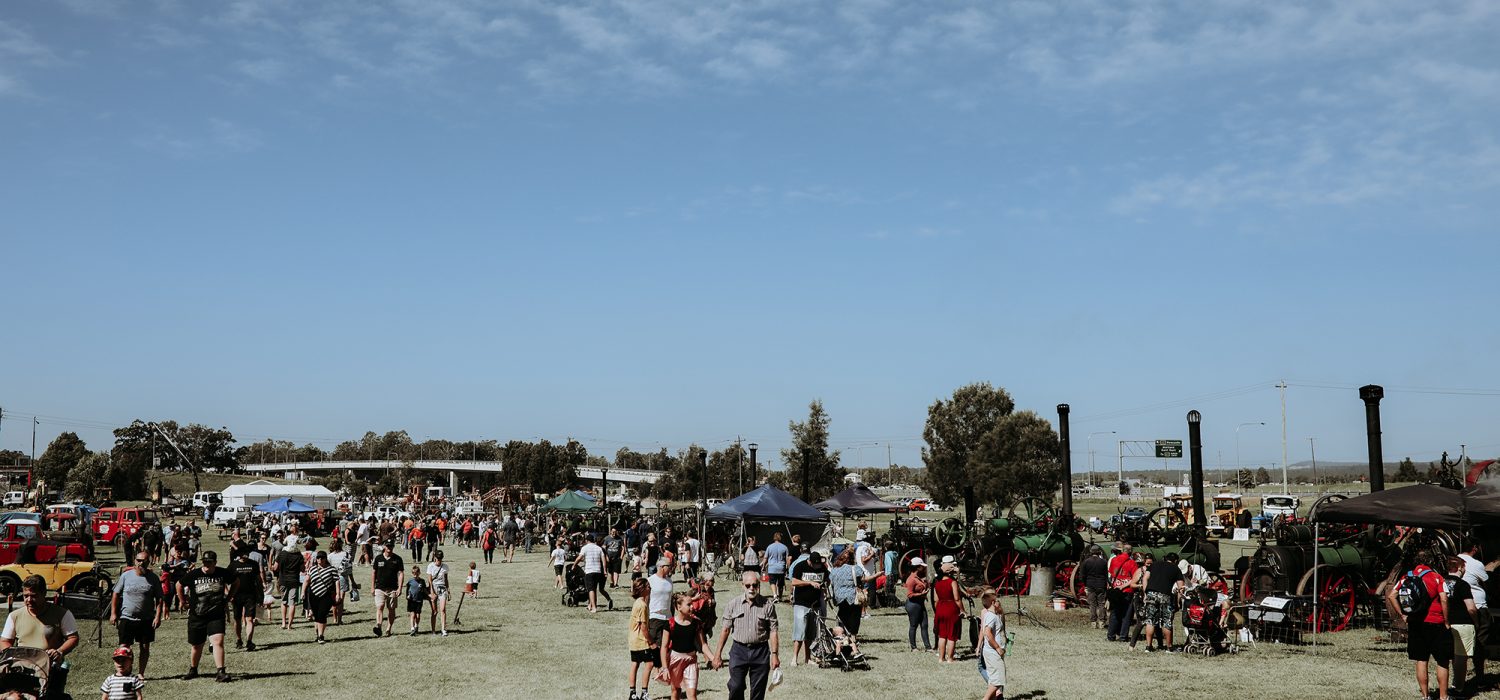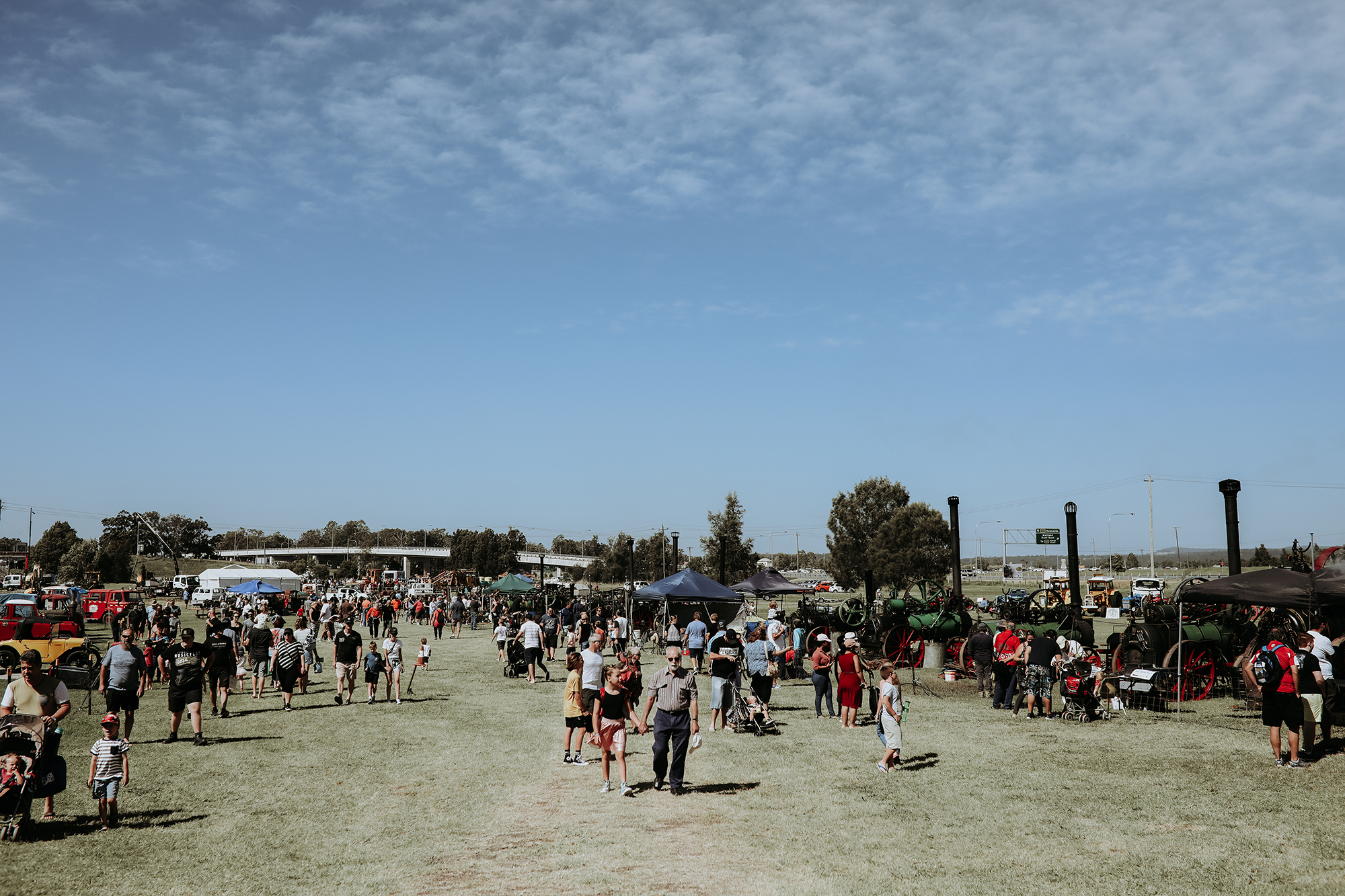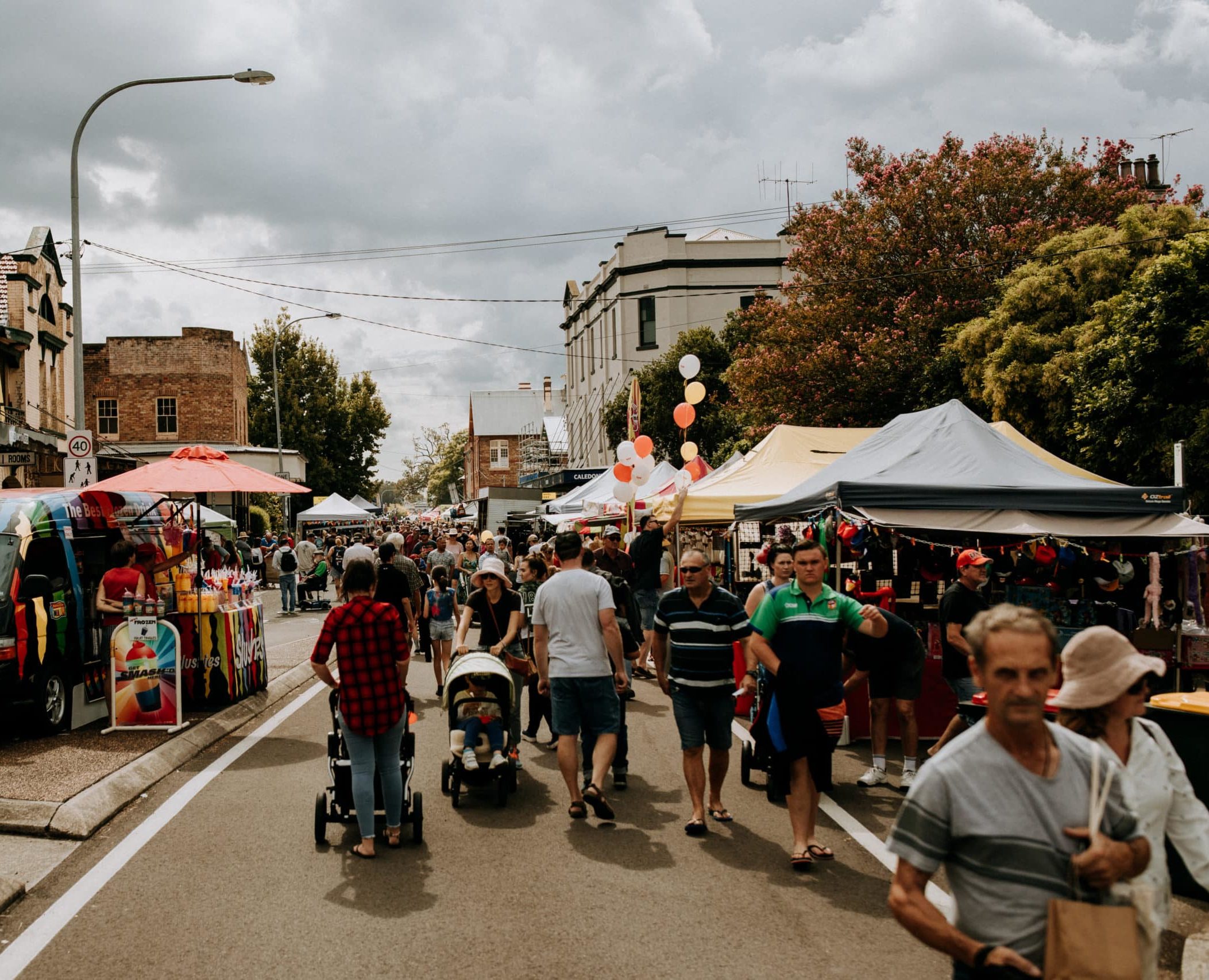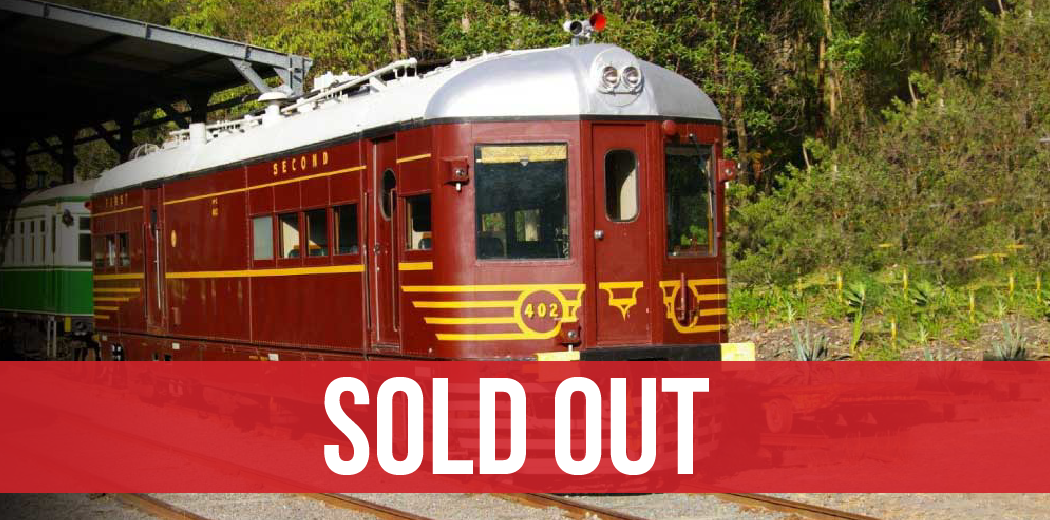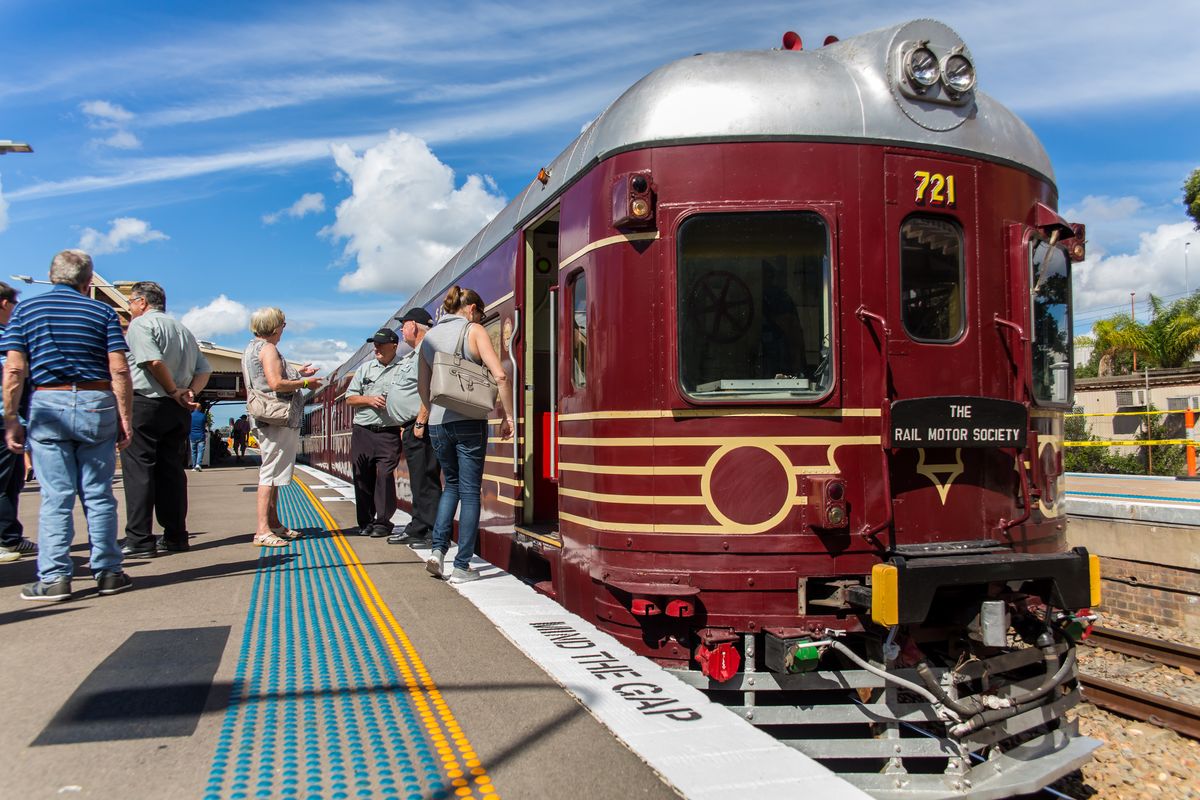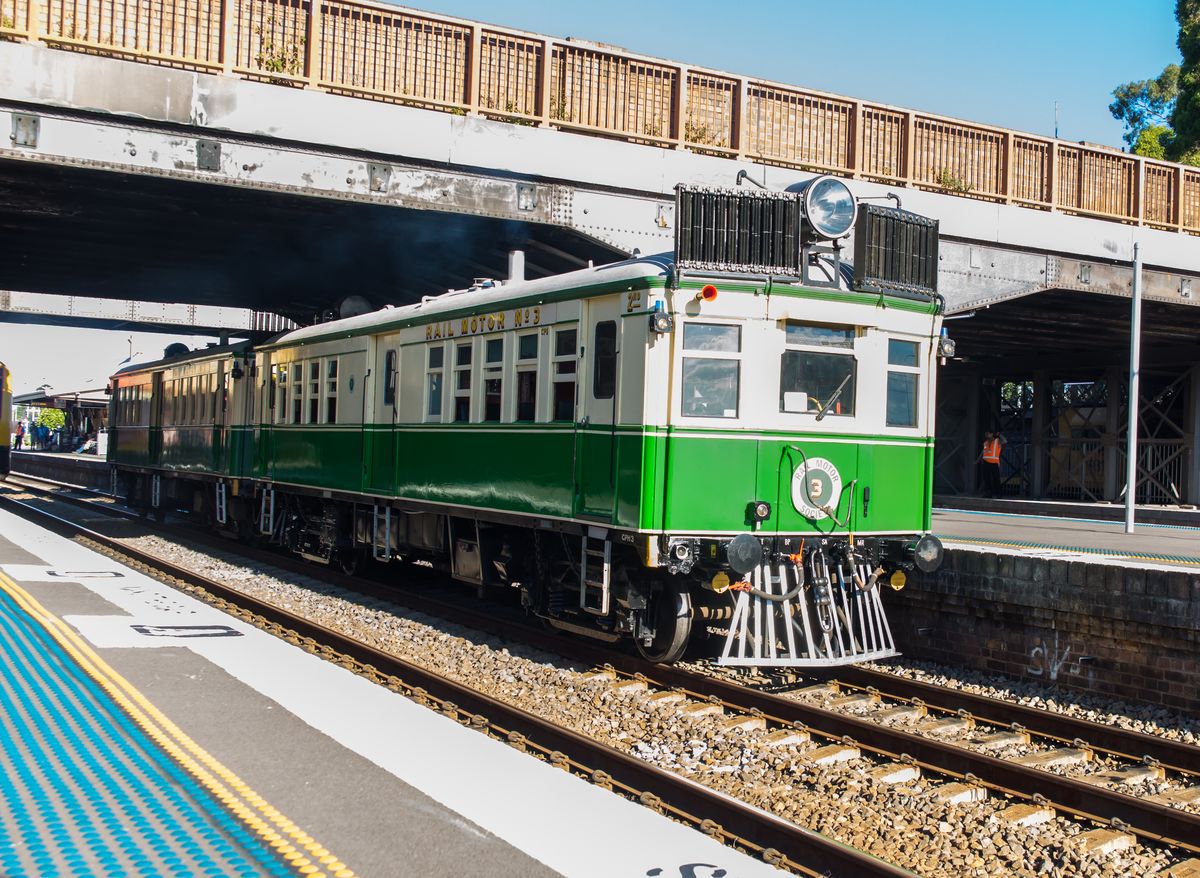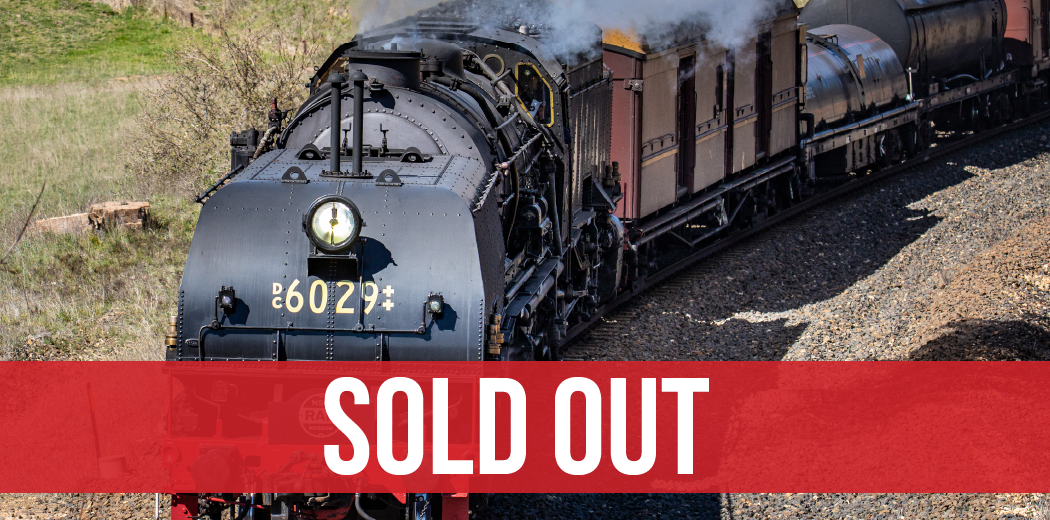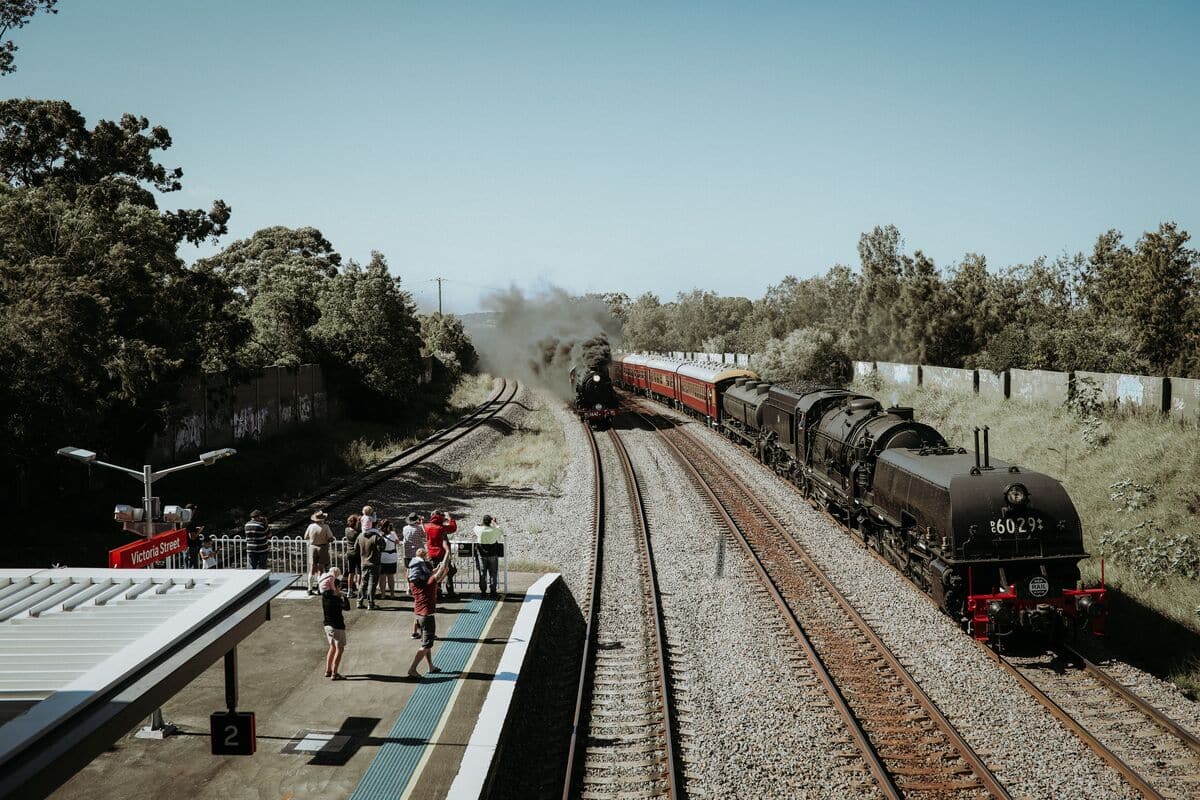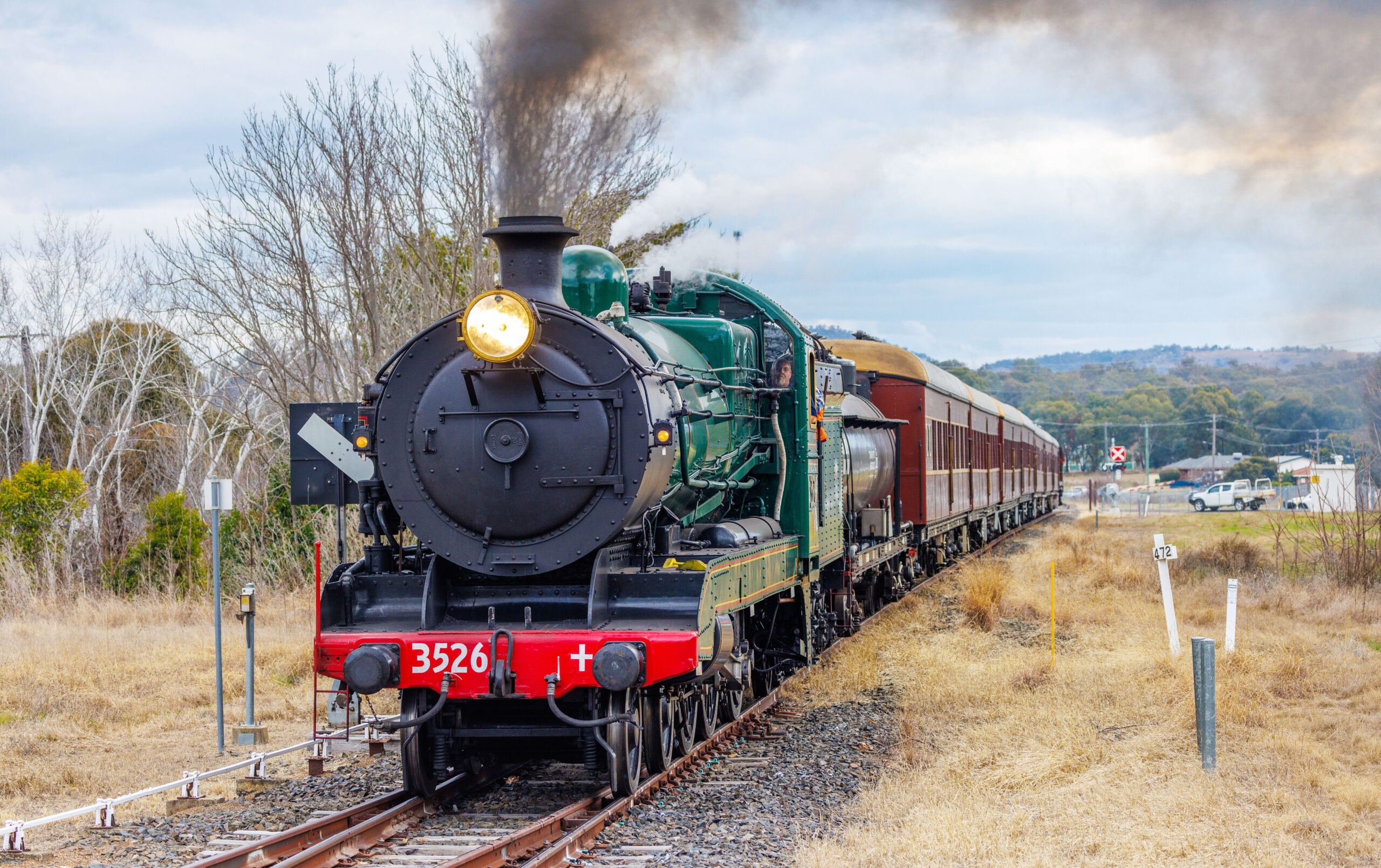Visit the Maitland Rail Museum marquee in the Rally Ground and talk to members of the Museum.
Go back in time to the early days when steam locomotives reigned supreme.
Expect to see displays of interesting old tools and artefacts, historic photographs, maps and timetables as well as an assortment of replica builders’ and other plates.
Maitland Rail Museum members will be on hand to answer your questions.
